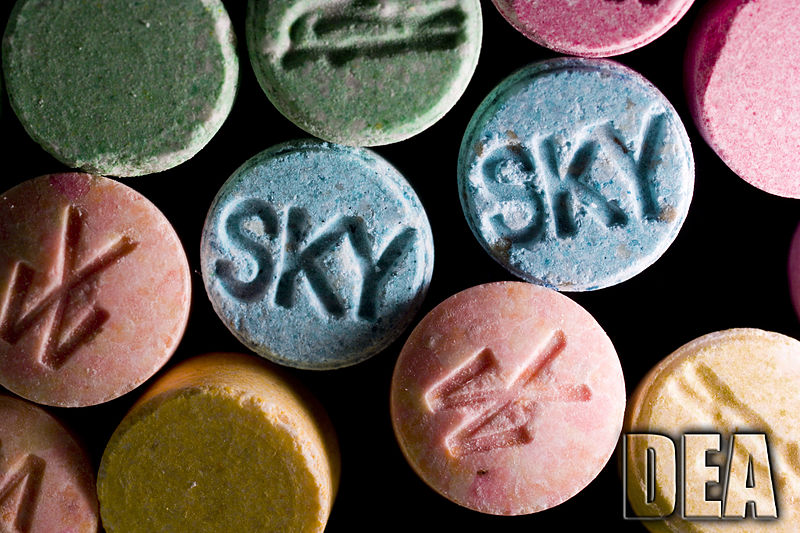The Truth About Molly and Other Party Drugs

2013 saw a rise in MDMA drug-related deaths.
by Jennie Wood
 Ecstasy Pills Related Links |
Between March and September 2013, at least seven people across the United States died at music festivals or concerts across the United States from overdoses of methylenedioxymethamphetamine (MDMA), party drugs also known as Ecstasy or Molly. Two of those deaths came in September at the Electric Zoo music festival in New York City. The festival closed early because of the incidents.
Molly, short for molecule, is a crystal or powder form of MDMA. Like Ecstasy, Molly is labeled by the Drug Enforcement Administration (DEA) as a Schedule 1 controlled substance, meaning it is illegal because of its potentially high level of abuse and because it has no acceptable use for medical treatment. Unlike Ecstasy, which is mixed and laced with other substances such as methamphetamine or caffeine, Molly was introduced as a purer form of MDMA.
The Evolution of Party Drugs
MDMA first gained popularity in the early 1990s when Ecstasy became the drug of choice at raves and nightclubs. The drug was a perfect match for the dance scene because it gave users a euphoric feeling that enhanced the experience at nightclubs and raves. However, over time, users grew concerned about the other ingredients mixed with Ecstasy and searched for a purer form. This led users to Molly. When the term "Molly" was first used in the early 2000s it referred to only MDMA. By 2013, the term Molly could also mean a mix of substances. Producers of the drug now mix it with other chemicals such as methylone, mephedrone and butylone. Experts think this use of other substances may be the reason for the recent increase in Molly-related deaths.
Molly, Ecstasy and other party drugs are extremely popular at multi-day music festivals and have contributed to the increasing number of drug-related incidents and deaths at such events. Since 2002, ten people have died at Tennessee's Bonnaroo festival. Dance festivals that feature internationally known D.J.s like Deadmau5 and David Guetta are a fast-growing segment of the music industry and Molly is a big part of that culture.
According to the Drug Abuse Warning Network, the number of MDMA-related emergency room visits increased 123% between 2004 and 2009. In 2011, the DEA discovered 25 kilograms of Molly, worth $525,000, in Syracuse, New York.
Molly in Pop Culture
Molly has been glorified in pop culture. The drug is referenced directly in songs by a range of popular artists such as Kanye West ("Mercy"), Danny Brown ("Die Like a Rockstar"), Nicki Minaj and 2 Chainz ("Beez in the Trap").
During her set at Miami's 2013 Ultra Music Festival, Madonna asked the audience, "How many people in this crowd have seen Molly?" When pressed about it later, Madonna said she was referencing a song, not the drug. In a September 2013 interview on Bravo TV's Watch What Happens Live, Lady Gaga said that she hadn't taken Molly recently, but did back during her days of attending music festivals. During the interview, Gaga said, "I definitely wouldn't encourage it because it can be dangerous, especially if you don't know where you're getting it."
The DEA is taking steps to prevent future incidents, releasing statements and warnings about Molly. DEA branches have set up drug hotlines to address concerns and questions about the drug. Club owners are also attempting increase awareness. Anthony Santurri, owner of the Providence, R.I., club, Colosseum, runs a group called Providence Responsible Nightlife Organization, where club owners meet every two months to discuss issues like drugs and violence. Michael Abramson, founder of the Boston-based company Drink Savvy, has invented a cup that can determine if someone's drink has been drugged. Concert organizers have vowed to continue searching everyone entering their events and enforcing a strict no illegal substances policy.
